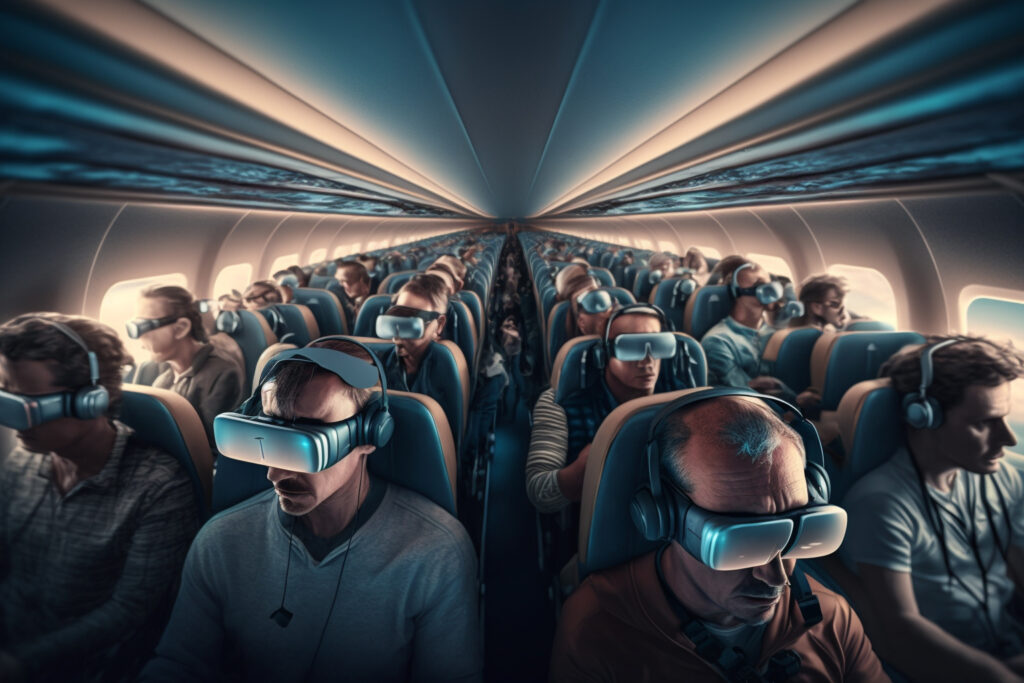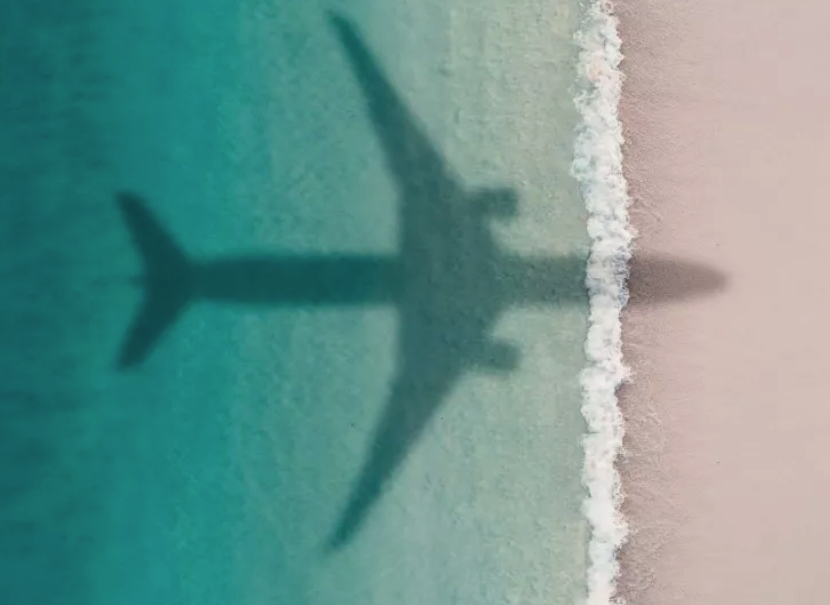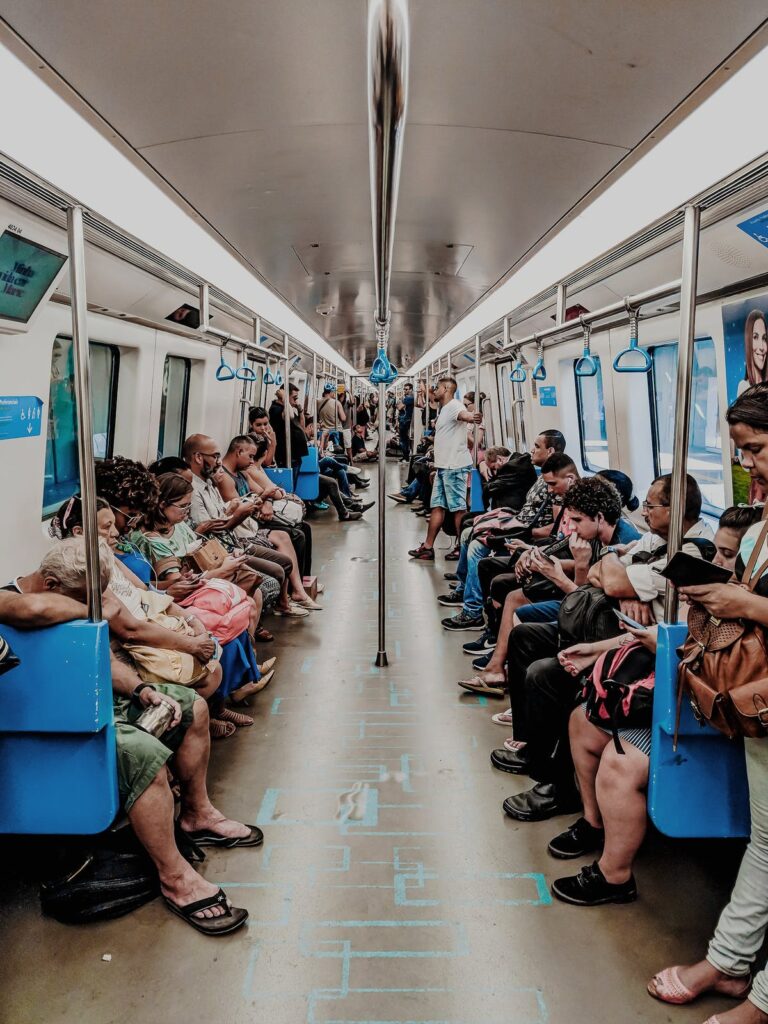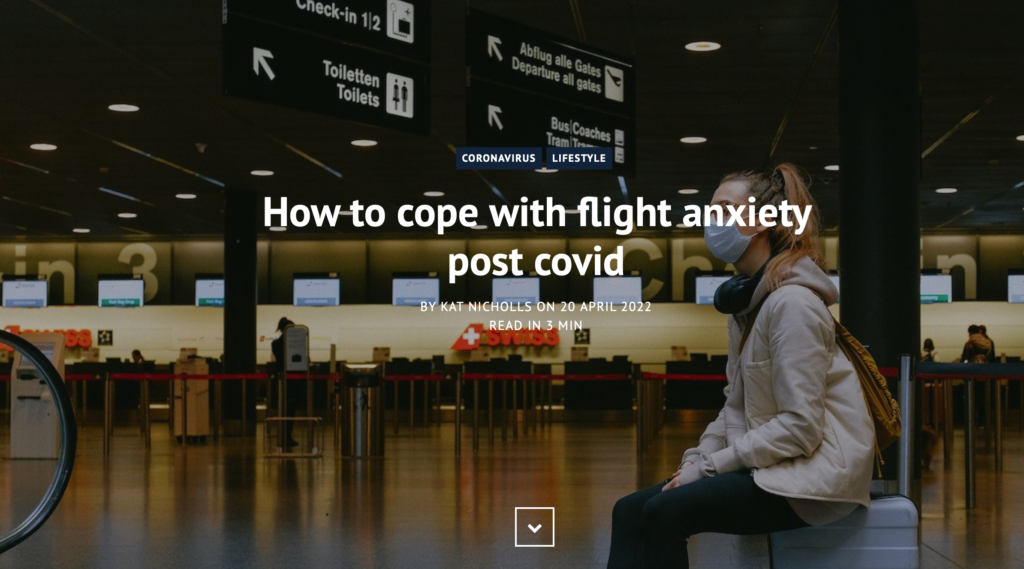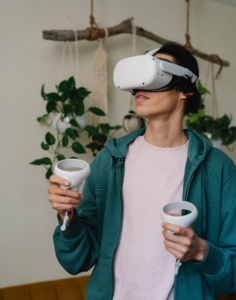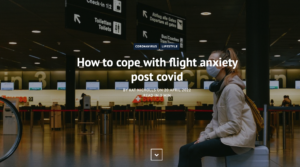Linda Manassee Buell was a prisoner of Pomerado Road.
Panic attacks, fear of open spaces and fear of driving kept her captive, at least in her mind. The thought of venturing beyond an eight-mile stretch of Pomerado Road in Poway terrified her.
Buell, 46, managed to overcome her fears—with help from a tech-savvy psychologist and an innovative treatment that uses the same kind of virtual reality technology found in video arcades.
To help Buell conquer her phobias, San Diego psychologist Brenda Wiederhold strapped goggles on her patient then immersed her in a digital world full of the very things that scared her most.
Buell had never heard of virtual reality treatment until she called Brenda Wiederhold’s office. Even hearing Wiederhold describe over the telephone one of the treatments—driving a car in the virtual world and getting stuck in traffic jam in tunnel—made Buell nervous. She knew how terrifying something like that in real life could be.
On the first visit, Wiederhold plunked Buell down in the middle of a virtual plaza surrounded by old European buildings.
The first thing Buell did was look for a way out.
And that was exactly what Wiederhold would have predicted.
When Buell did find her way out, it led to an open grassy field that was just as nerve-wracking. She quickly returned to the plaza because, she explained, “there were people there, and I figured I could ask them for help.”
Buell worked her way up to virtual driving in later therapy sessions.
She donned the virtual reality goggles, sat behind an actual steering wheel and pressed her foot on an actual accelerator until she came to a small tunnel.
“My first reaction was to look for the exit to the tunnel,” Buell said. “I wanted to see the hole at the other end.”
She made it through.
The more Buell exposed herself to her fears in these virtual worlds, the more confident, and less anxious she became—until she got to the point where she could venture, little by little, into the real world.
Her sessions ended, but Buell sees her recovery as ongoing.
She credits Wiederhold’s treatment as much as the virtual reality with helping her. “It’s a tool,” Buell said. “Brenda doesn’t focus on the technology. She uses the technology as a part of the whole.”
For more information on Linda’s story, click here.
